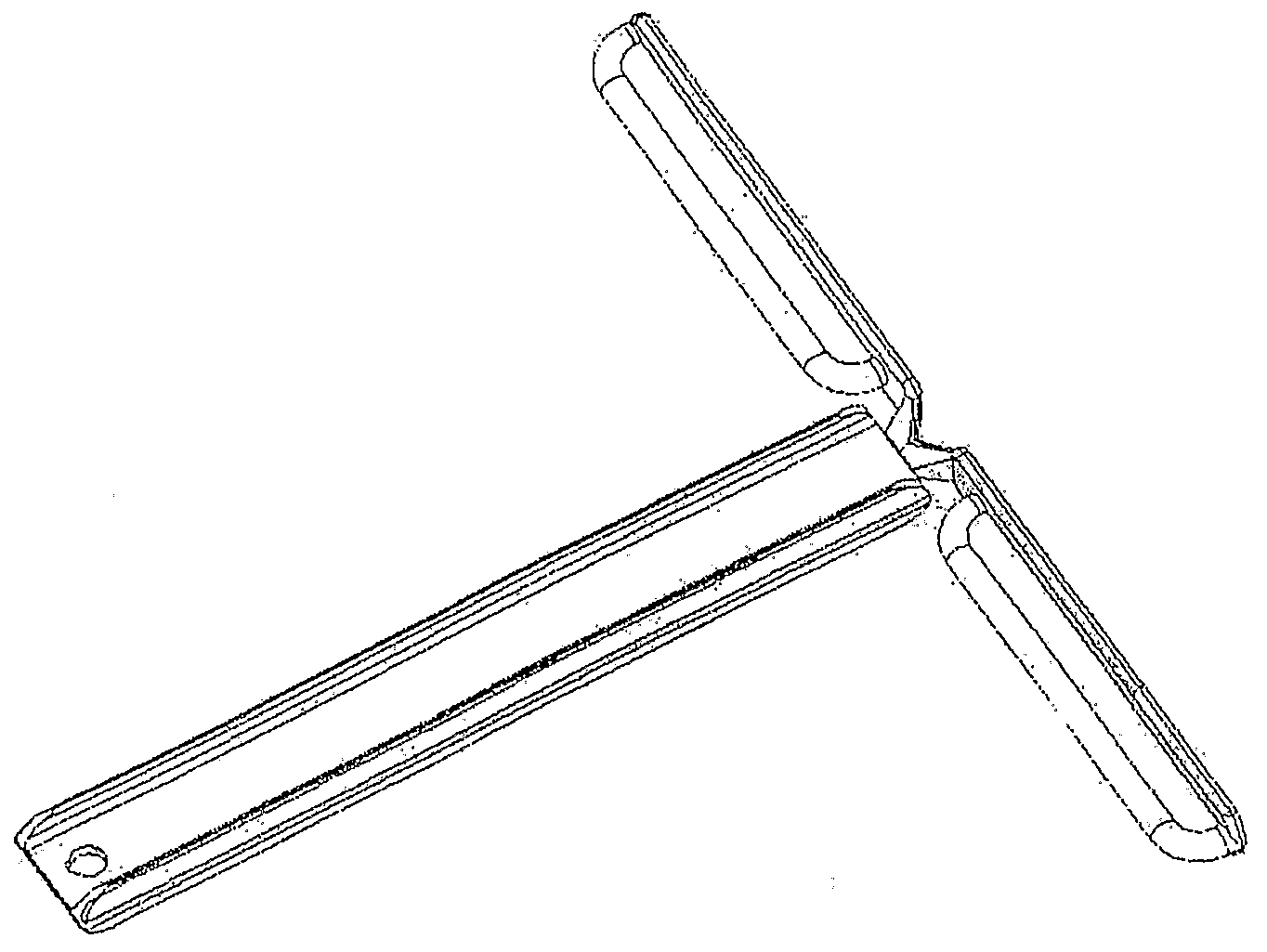Polymeric implant and a process for obtaining a polymeric implant
a polymer implant and polymer technology, applied in the field of polymer implants, can solve the problems of high electric energy consumption, inability to prove commercial use, and polyurethane foam impregnated with progesteron
- Summary
- Abstract
- Description
- Claims
- Application Information
AI Technical Summary
Benefits of technology
Problems solved by technology
Method used
Image
Examples
Embodiment Construction
[0032]In one aspect of the present invention there is provided an intra vaginal implant, of a variable geometric shape, to be applied in the interior of the vaginal cavity of an animal, and retained in the cavity over the period of time within the range from 7 to 12 days and then removed from said cavity to permit the occurrence of the oestrus and ovulation, said implant comprising a body formed by a biocompatible and biodegradable polymeric composition, dimensioned so as to incorporate and disperse a determined concentration of hormone or progestogen, and which also retains the hormonal additive when desired. The implant in polymeric material can be produced through several processes, such as for example moulding, generally by injection, at least one biodegradable polymer, which can be selected from the group consisting of polyhydroxyalkanoates (PHAs), polyhydroxybutyrate (PHB) and polyhydroxyvalerate (PHBV), said polymeric implant being constructed to present the density and the s...
PUM
| Property | Measurement | Unit |
|---|---|---|
| molecular weight | aaaaa | aaaaa |
| molecular weight | aaaaa | aaaaa |
| temperatures | aaaaa | aaaaa |
Abstract
Description
Claims
Application Information
 Login to View More
Login to View More - R&D
- Intellectual Property
- Life Sciences
- Materials
- Tech Scout
- Unparalleled Data Quality
- Higher Quality Content
- 60% Fewer Hallucinations
Browse by: Latest US Patents, China's latest patents, Technical Efficacy Thesaurus, Application Domain, Technology Topic, Popular Technical Reports.
© 2025 PatSnap. All rights reserved.Legal|Privacy policy|Modern Slavery Act Transparency Statement|Sitemap|About US| Contact US: help@patsnap.com



